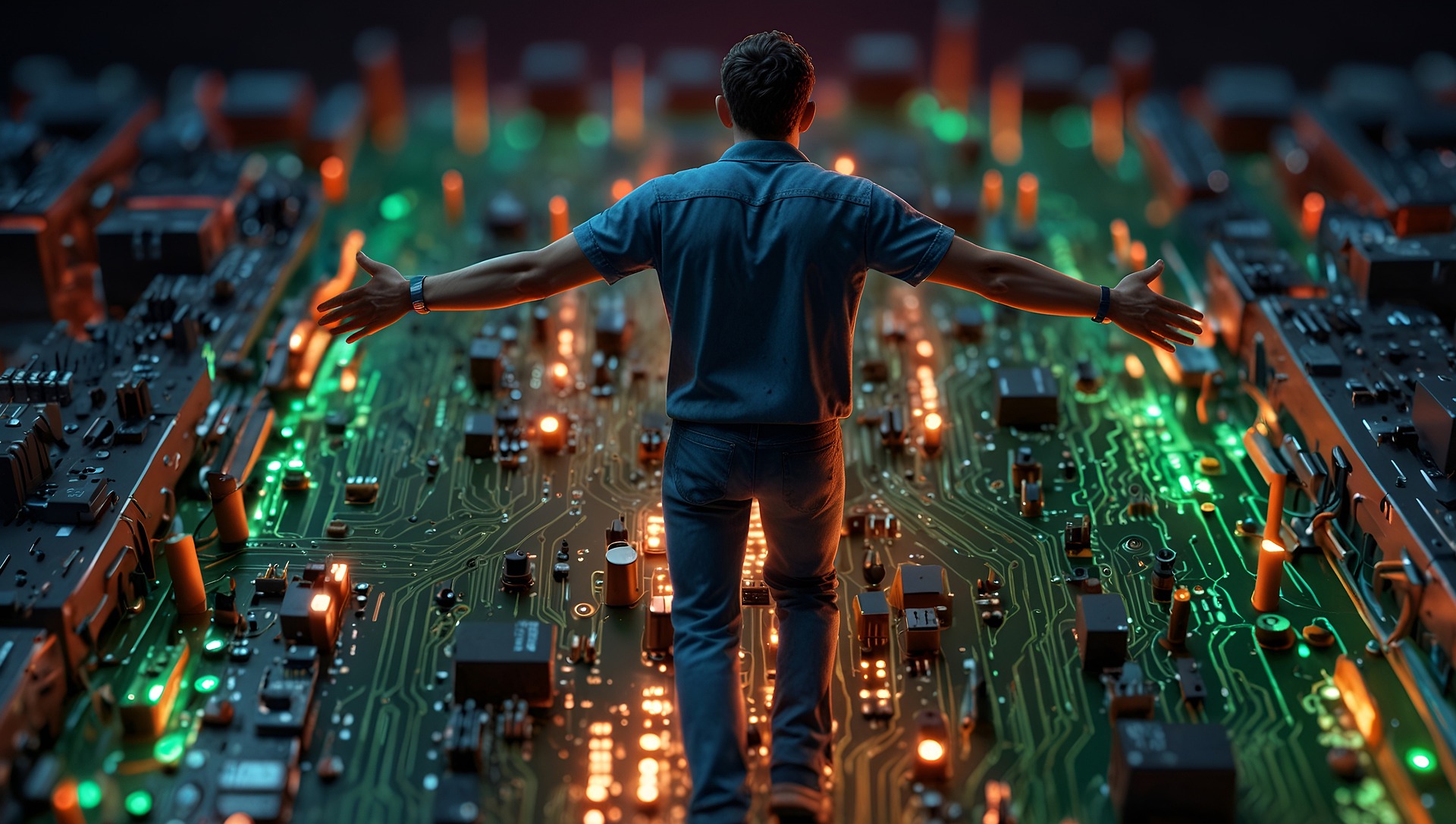Shaping the Future: The Intriguing World of Bionic Technology
Bionic technology is no longer science fiction. It is rapidly transforming lives and shaping the future of healthcare. From artificial limbs to bionic eyes, let's delve deep into this innovative field, its history, development, the latest advancements, and the potential impact on society and the global market.

A Historical Journey into Bionic Technology
The concept of replacing lost body parts with artificial ones has been around for centuries. The ancient Egyptians made prosthetics out of wood and leather, while during the Middle Ages, knights would use iron hands and legs to replace lost limbs. However, the real revolution in bionic technology started in the 20th century, with the advancement of medical science, material engineering, and electronics.
The first bionic arm, developed in the 1960s, gave amputees the ability to perform simple tasks. However, these early models were heavy and difficult to control. The real breakthrough came in the 1990s, with the development of microprocessors and sensors that could mimic the movements of a natural limb.
The Dawn of the Modern Bionic Era
The modern era of bionic technology has seen an explosion of innovations. Today, bionic limbs incorporate advanced technologies like AI and machine learning to improve their functionality. These limbs can now be controlled by the user’s thoughts, thanks to brain-computer interfaces.
In the realm of vision, bionic eyes, also known as retinal implants, are offering a ray of hope to those with severe vision loss. These devices work by capturing light and converting it into electrical signals that the brain can interpret.
The Disruptive Potential of Bionic Technology
Bionic technology is poised to disrupt not only the healthcare sector but also various other industries. In healthcare, it holds the promise of improving the quality of life for millions of people living with disabilities. In the military, bionic technology could enhance soldiers’ physical capabilities. In the sports world, it could level the playing field for athletes with disabilities.
According to a report by Grand View Research, the global bionic devices market size was valued at USD 20.49 billion in 2020 and is expected to expand at a compound annual growth rate (CAGR) of 7.6% from 2021 to 2028. This growth is driven by technological advancements, increasing incidence of disabilities, and the growing geriatric population.
The Road Ahead: Challenges and Opportunities
Bionic technology, despite its potential, faces several challenges. High cost is a significant barrier, making these devices inaccessible to many who need them. Ethical issues also arise, such as the risk of creating a divide between those who can afford enhancements and those who cannot.
However, the future of bionic technology is bright. Researchers are exploring the use of 3D printing to lower the cost of prosthetics. Meanwhile, advancements in nanotechnology and bioengineering could lead to the development of bio-bionic devices that can seamlessly integrate with the human body.
Bionic technology is rapidly moving from the realm of science fiction to reality. As we stand on the cusp of this exciting new era, it’s clear that bionic technology has the potential to reshape our future in ways we can only begin to imagine. The journey, while challenging, promises a brighter, more inclusive future for all.



